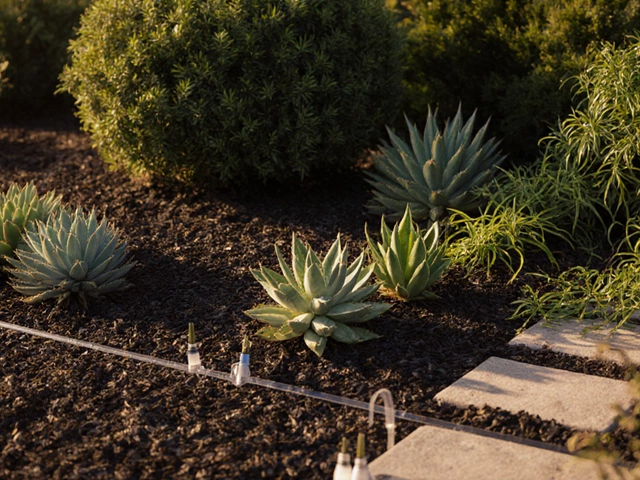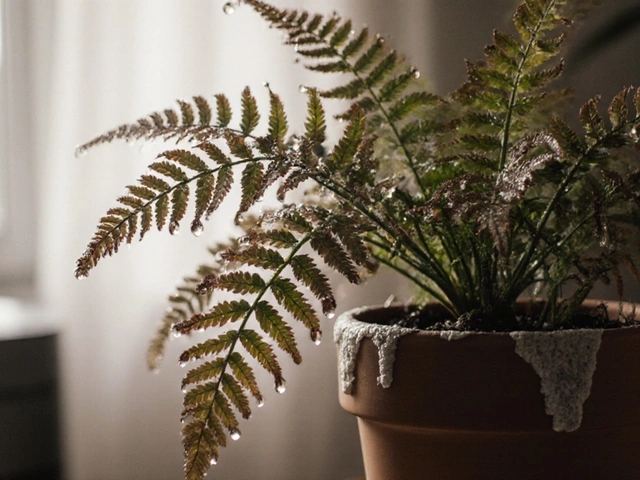Composting Problems: Common Issues and Simple Fixes
Composting is a great way to turn kitchen scraps into garden gold, but many gardeners hit roadblocks. If your pile smells, attracts bugs, or barely moves, you’re not alone. Below are the most frequent problems and easy steps to get your compost back on track.
Why Your Compost Smells Bad
A sour or rotten odor usually means the pile is too wet, lacks enough air, or has too many nitrogen‑rich foods. Add dry brown material such as shredded newspaper, dry leaves, or sawdust to balance the moisture. Turn the pile with a pitchfork or shovel at least once a week to introduce oxygen. If the smell persists, check for soggy spots and spread a thin layer of straw or cardboard on top to absorb excess water.
Slow Decomposition and Other Roadblocks
When compost takes months to break down, the temperature is often the culprit. A hot pile (55‑65 °C) speeds up the process, while a cool one stalls. To heat it up, add more green kitchen waste like vegetable peels and fresh grass clippings. Chop larger pieces into smaller bits; this increases surface area and speeds decay. Also, keep the carbon‑to‑nitrogen ratio around 30:1 – roughly three parts brown to one part green. Too many greens or browns will both slow things down.
Pests such as flies or rodents are attracted to food scraps left on the surface. Cover every layer of waste with a brown material barrier. A lid or tarpaulin can also keep animals out while still allowing air flow. Avoid adding meat, dairy, or oily foods; they cause smells and draw pests.
If the pile is too dry, decomposition halts. Feel the material – it should be as damp as a wrung‑out sponge. Add water with a gentle spray, then mix in more greens to hold the moisture. Conversely, a soggy pile needs more aeration and browns to soak up the water.
Another common issue is compacted material, which blocks airflow. Break up clumps with a fork and spread the material thinly. A thin, wide pile (about one foot thick) is easier to turn and lets oxygen reach the microbes.
Lastly, bad compost can result from using the wrong ingredients. Avoid glossy paper, glossy cardboard, or chemically treated wood. Stick to natural, untreated organic matter for the best results.
By monitoring moisture, temperature, and material balance, you can solve most composting problems without expensive tools. Keep an eye on the smell, look for pests, and turn the pile regularly – that’s all it takes to turn a struggling bin into a thriving compost generator.
Composting Drawbacks: Real Issues, Surprising Facts, and Smart Tips
Discover the true drawbacks of composting. Detailed look at problems like pests, odor, time, and more. Learn real stats, smart hacks, and what to expect.
About
Sustainable Gardening
Latest Posts


Gardening Enthusiasts and Sustainable Green Thumbs
By Alden Thorne Feb 18, 2025

Rarest Flower in India: What Makes the Neelakurinji So Unique?
By Alden Thorne May 21, 2025

Top Plants for a Sustainable Garden: Eco-Friendly Choices That Thrive
By Alden Thorne Jul 6, 2025

